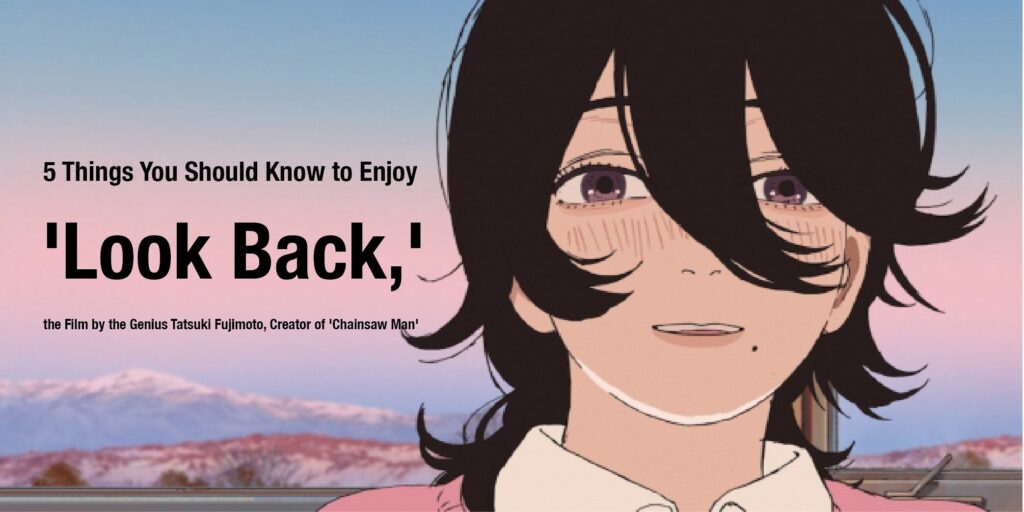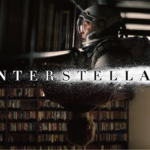
5 Things You Should Know to Enjoy 'Look Back' Even More
The film 'Look Back' has captivated many audiences with its story and deep themes. However, there are hidden details and background trivia beyond the surface narrative. Knowing these tidbits can expand your appreciation of the movie, providing deeper understanding and new discoveries. In this article, we will introduce five fascinating pieces of trivia to enhance your enjoyment of 'Look Back.' Once you learn these insights, you'll surely want to watch the movie again.
What is 'Look Back'?
- This film is an adaptation of a 143-page one-shot manga by the genius Tatsuki Fujimoto, the creator of 'Chainsaw Man.'
- The story follows Fujino, a fourth-grade student who is praised by her classmates for her four-panel manga in the school newspaper. One day, her teacher tells her that they also want to include the manga of Kyomoto, a student who doesn't attend school. As the two girls pour their passionate dedication into their manga, they grow and evolve...
5 Pieces of Trivia
The "Butterfly Effect" Poster in the Room
In one scene of 'Look Back,' there's a poster of "The Butterfly Effect" in a character's room. This poster is deeply related to the movie's theme. The Butterfly Effect is a theory that suggests small actions or events can have significant impacts on the future. The presence of this poster hints at how the characters' choices and actions in the film can change the future. The director intentionally placed this poster to visually emphasize this theme, conveying a profound message to the audience.
Sharks Appearing Throughout
Various scenes in 'Look Back' feature sharks. For instance, there are scenes where a teacher draws a shark during class and where characters visit an aquarium to see sharks. These appearances foreshadow the protagonist becoming a manga artist who creates a work called 'Shark Kick.' The sharks symbolize significant elements in the movie, representing the protagonist's growth and future career choices.
Kyomoto's Painted Door in Art School
In 'Look Back,' there's a scene where Kyomoto paints a door during her time in art school. This door is known to closely resemble the "forbidden door" depicted in Tatsuki Fujimoto's other work, 'Chainsaw Man.' In 'Chainsaw Man,' the "forbidden door" is a crucial symbol representing unknown fears and fateful choices. By incorporating this motif in 'Look Back,' a visual resonance is created, highlighting the deep connections between the works.
Homage to 'Interstellar'
In the final scenes of 'Look Back,' a door separating Kyomoto's room from the hallway in her house plays a crucial role. This scene is known to be an homage to Christopher Nolan's 'Interstellar.' In 'Interstellar,' the protagonist tries to communicate through a bookshelf separating his daughter's room from the hallway. Similarly, in 'Look Back,' the door symbolizes the emotional connection between the characters.
'Once Upon a Time in Hollywood' Jacket Scene'
Look Back' includes a scene depicting the jacket from Quentin Tarantino's 'Once Upon a Time in Hollywood.' This film is based on the real-life Sharon Tate incident, where Tate was murdered by the Manson Family cult. 'Look Back' also features scenes inspired by well-known incidents, with this particular scene serving as an homage to Tarantino's film.
